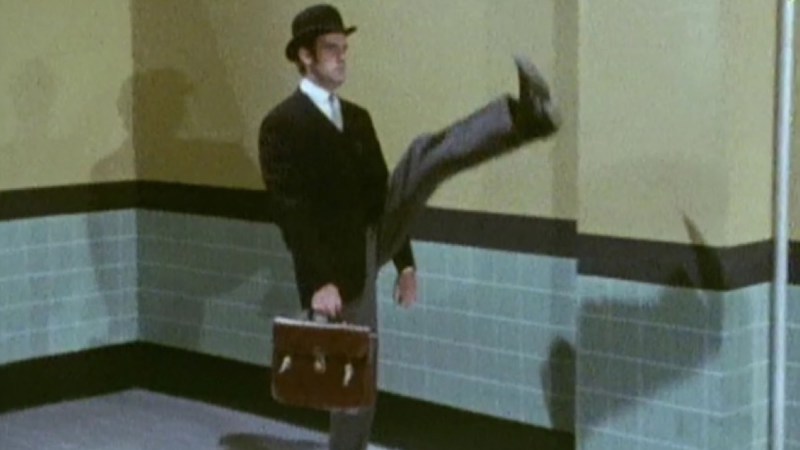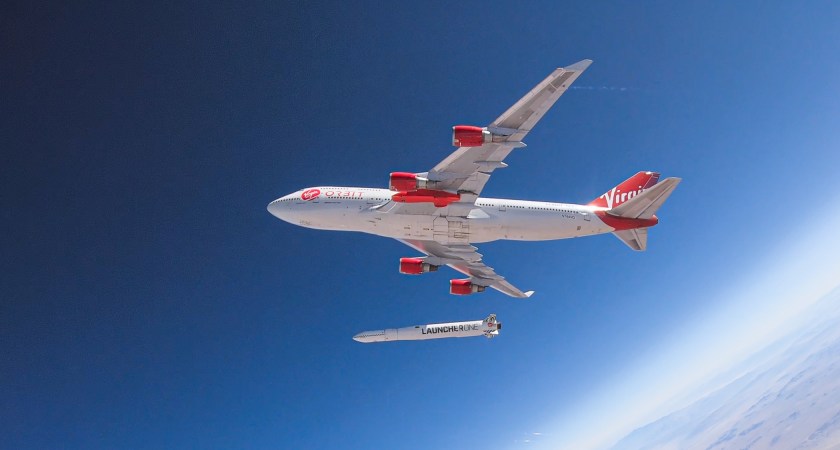

What’s the weirdest thing you learned this week? Well, whatever it is, we promise you’ll have an even weirder answer if you listen to PopSci’s hit podcast. The Weirdest Thing I Learned This Week hits Apple, Spotify, YouTube, and everywhere else you listen to podcasts every-other Wednesday morning. It’s your new favorite source for the strangest science-adjacent facts, figures, and Wikipedia spirals the editors of Popular Science can muster. If you like the stories in this post, we guarantee you’ll love the show.
FACT: Pueblo peoples might have moved huge logs for over 60 miles by strapping them to their heads
By Sandra Gutierrez G.
Researchers always seem to be wondering how ancient civilizations moved big stuff around, but they rarely get the opportunity to try their theories empirically.
Enter a team of anthropologists and physiologists from the University of Colorado Boulder. In the true spirit of experimental science, they strapped 136-pound logs to their heads to figure out how Pueblo peoples from Chaco Canyon in New Mexico might have carried the timber necessary to build their extraordinary architecture.
Chaco Canyon was the most important political and ceremonial center for the Ancestral Puebloans. There, they built their famous stone and adobe dwellings along the cliff walls, ritual structures called kivas, as well as semi-circular constructions known as great houses.
Scientists calculate that 200 thousand timbers were used in the construction of this particular site—but there are no trees anywhere nearby. In 2001, tree-ring experts at the University of Arizona used chemical analyses and discovered that the wood in the Puebloan constructions was sourced from mountain ranges at least 46 miles away—the furthermost, Chuska mountains, are 62 miles away from Chaco Canyon.
Puebloans had no wheel, no draft animals, nor any other type of modern carriage system that we know of. Plus, archeologists have not found scrape marks on the grounds around Chaco Canyon that would hint at the logs being dragged or pushed. So, logs as big as 16 feet and 190 pounds had to be carried by hand.
There have been a number of theories but the researchers at the University of Colorado Boulder tested the one proposing that the timbers in the Chacoan constructions were actually moved only by a few people at a time using tumplines: a technique that involves carrying a load on the lower back by strapping it to the head.
Three of the four authors of this study trained for three months to figure out if the theory was humanly possible and how long would it take them to transport a 132-pound pine timber over 15.5 miles using tumplines made out of nylon webbing and foam padding.
Considering small breaks every 20 minutes and longer breaks every two and a half miles, researchers completed the test in a total time of 9 hours and 44 minutes, walking at an average speed of 2.8 miles per hour.
So yes, tumplines are a perfectly feasible method of carrying heavy timbers over long distances. Researchers say the tumplines were “surprisingly comfortable” and communication was key to coordinating the walk and avoiding the timber from swaying.
FACT: Wolves can help humans get into fewer car crashes
By Rachel Feltman
Anyone who’s spent time driving in an even vaguely rural area knows that deer have a preternatural ability to get hit by human cars. In 2021, a study in Wisconsin found an interesting connection between the all-too-common phenomenon of deer collisions and the presence of wild wolves. According to 22 years of data, having wolves around means people hit deer less often.
You might assume that’s because the wolves ate the deer. After all, deer populations have a tendency to run amok if there aren’t predators keeping them in check. Wolves eating deer could explain a six percent reduction in crashes, according to the study. But the researchers saw a 24 percent drop.
That remaining three-quarters of the impact came from “a landscape of fear.” Wolves tend to follow whatever the clearest path is in a wooded area, like a stream. When humans come in and build up the landscape, that means artificial clearings for things like roads, pipelines, and rail tracks. Deer are known to change their behavior and location to avoid predators. So when wolves are in town, they roam the roadside—and deers stay off the streets.
The study estimates that wolves save Wisconsin about $10.9 million in losses each year by preventing car crashes, which more than covers what the state pays out to people who lose pets or livestock to wolves, which tends to be the biggest public objection to letting their populations bounce back. The researchers also noted that there were other potential economic benefits they hadn’t calculated, like the lowered risk in lyme disease transmission we see when deer populations are well managed.
FACT: Sometimes articles published in academic journals are totally made up
By Ali Hazelwood
In 1996, NYU physics professor Alan Sokal wrote and submitted a scholarly paper to the journal Social Text. The paper was accepted and published—and after a few weeks Sokal revealed that the paper was a hoax: it was full of nonsense and jargon, and he’d written it to demonstrate the pitfalls of the academic peer-review process.















